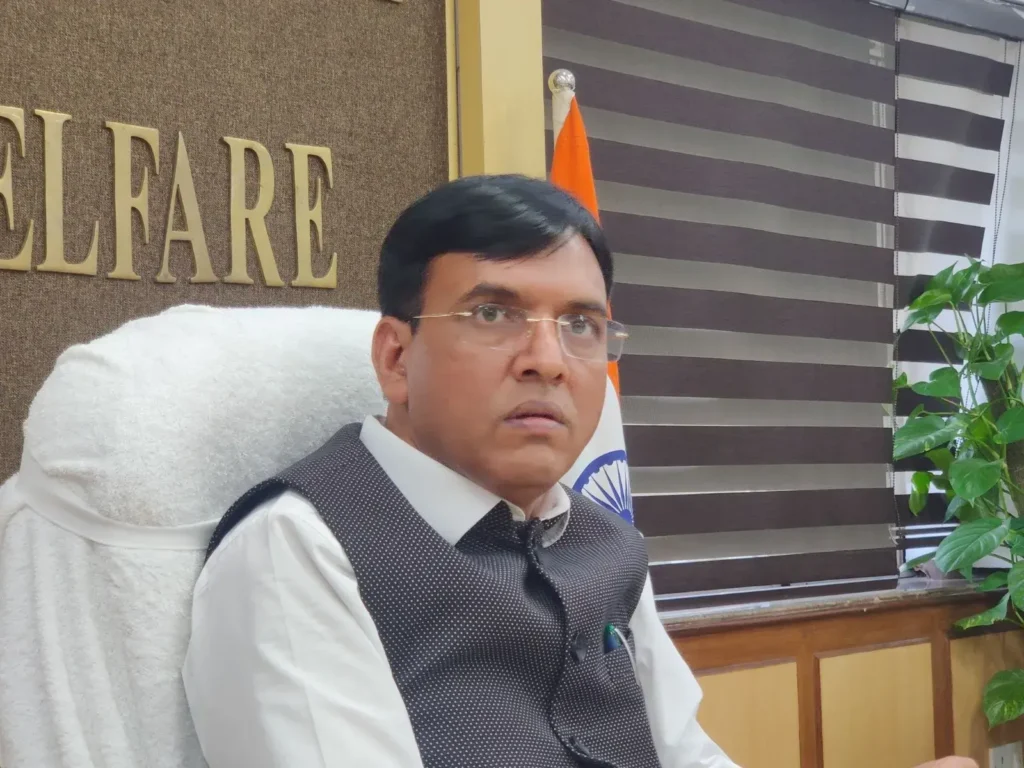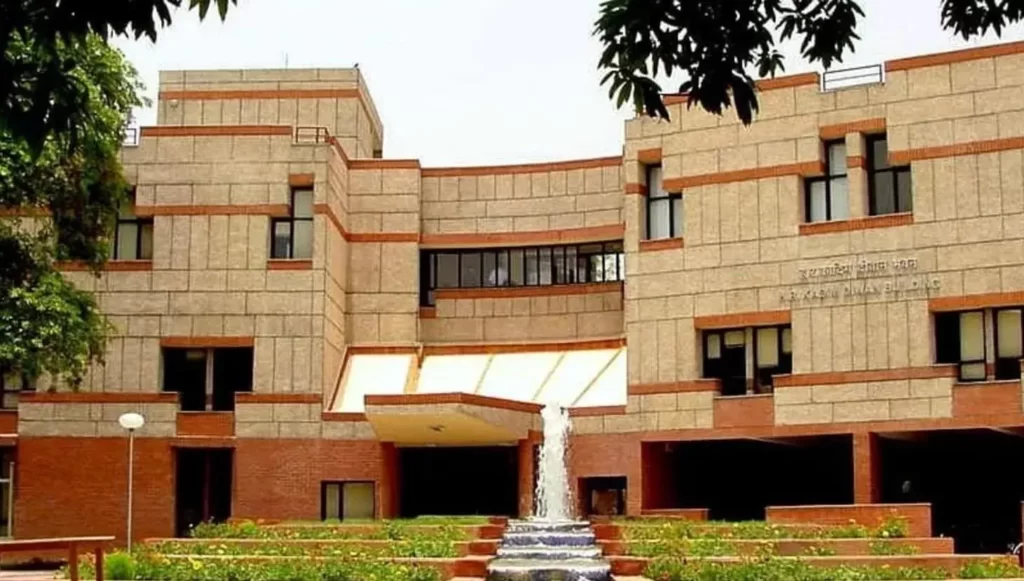India is grappling with a multifaceted challenge that poses a severe threat to public health – air pollution. As the air quality crisis in the National Capital Region, Delhi, continues to worsen, it prompts a closer look at the health implications of this persistent issue. This blog provides a comprehensive analysis of the ongoing air pollution crisis in India and delves into the critical health implications of air pollution, shedding light on the gravity of the issue and the urgent need for action. The Silent Killer Air pollution is often referred to as a “silent killer” because its health effects are not immediately apparent but accumulate over time, leading to chronic illnesses and reduced life expectancy. This problem is particularly severe in India, where rapid industrialization and urbanization have resulted in soaring levels of air pollutants. Health Implications of Air Pollution Respiratory Ailments: High levels of fine particulate matter (PM2.5), nitrogen dioxide (NO2), sulfur dioxide (SO2), and ozone (O3) can lead to a surge in respiratory ailments such as asthma, bronchitis, and chronic obstructive pulmonary disease (COPD). Children and the elderly are especially vulnerable. Cardiovascular Diseases: Air pollution plays a significant role in the development of cardiovascular diseases, increasing the risk of heart attacks, strokes, and other circulatory issues. Cancer Risk: Long-term exposure to air pollution, particularly air containing carcinogens like benzene and formaldehyde, can increase the risk of lung cancer. Pregnancy Complications: Pregnant women exposed to high levels of air pollution are at a higher risk of complications such as preterm birth, low birth weight, and developmental issues in their offspring. Mental Health: Recent research has linked air pollution to mental health problems, including depression, anxiety, and cognitive decline. Also Read: Prioritizing Mental Health: The Cornerstone of Student Success in Education Delhi’s Air Quality Crisis Recent developments in Delhi highlight the severity of the air pollution crisis. Despite minor improvements, the overall air quality in Delhi remains ‘very poor.’ The Air Quality Index (AQI) recently shifted from ‘severe’ to ‘very poor,’ but this change does not indicate a significant improvement. The Supreme Court has criticized central and state governments for engaging in a blame game rather than implementing effective solutions. In response, authorities have taken measures, such as suspending physical classes (except for Classes 10 and 12) until November 10 and reintroducing the odd-even car rationing system from November 13 to 20. While there’s a marginal dip in pollution levels as reflected in the AQI, the concentration of PM2.5 particles continues to be a significant concern. Delhi’s PM2.5 levels consistently exceed the government-prescribed safe limit by a substantial margin, posing severe health risks to residents. Also Read: Top 12 Daily Habits for a Healthier Lifestyle What Can Be Done? Addressing India’s air pollution problem requires a multi-faceted approach. Some of the essential measures include: Strict Emission Standards: Enforcing and regularly updating emission standards for industries, vehicles, and power plants is crucial. Promoting Renewable Energy: Transitioning to cleaner energy sources like solar and wind power can reduce emissions. Improving Public Transportation: Expanding and improving public transportation systems can reduce the number of vehicles on the road and, consequently, pollution levels. Urban Planning: Better urban planning and reducing traffic congestion can help mitigate pollution in metropolitan areas. Public Awareness: Raising awareness about the health implications of air pollution can empower citizens to take steps to protect themselves and advocate for change. Also Read: Mobilizing Global Education and Cultural Exchange through Technology Conclusion The air pollution crisis in India, exemplified by Delhi’s ongoing struggle, is a pressing concern with far-reaching health implications. It’s essential to recognize that this is not just a seasonal issue; it’s a year-round problem that demands immediate and sustainable solutions. The blame game among political entities must give way to effective measures to curb air pollution and protect public health. As PM2.5 levels significantly surpass safe limits, there is an urgent need for comprehensive, long-term actions. The situation serves as a stark reminder of the grave consequences of air pollution and the urgency of taking decisive action. It is high time for all stakeholders, including the government, industries, and citizens, to unite in the fight against air pollution and prioritize the well-being of the nation. The battle against air pollution continues, and it’s a fight for the health and future of generations to come. The author, Pratik Ghosh is associated with ArdorComm Media





